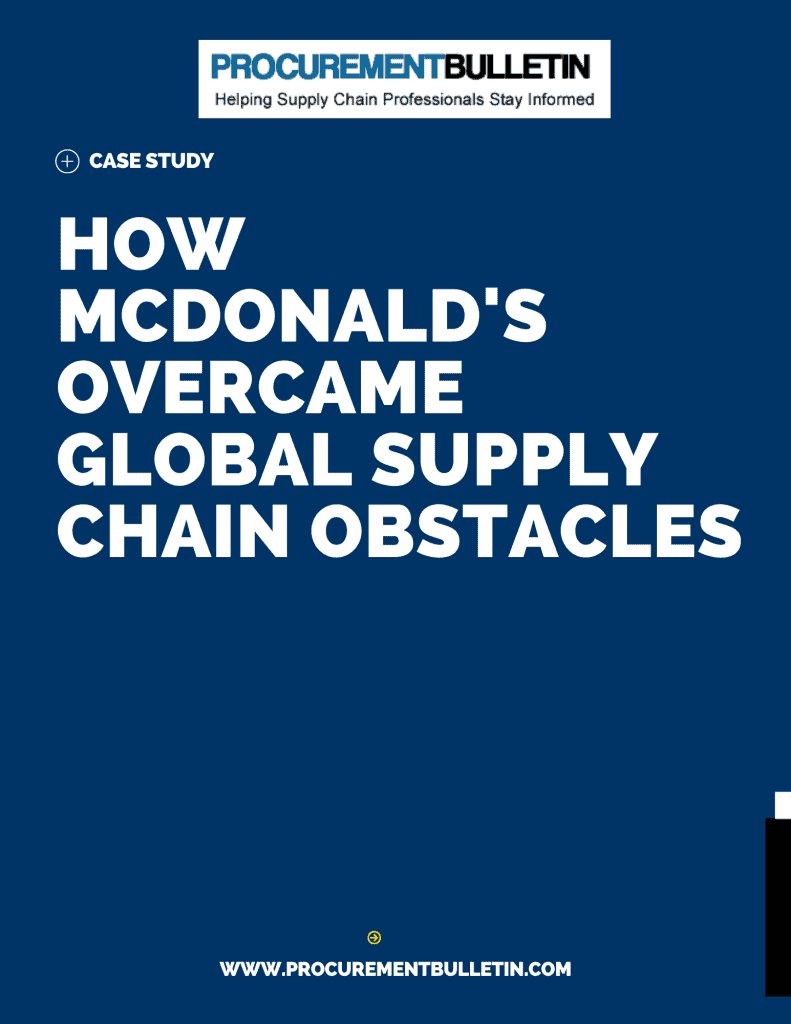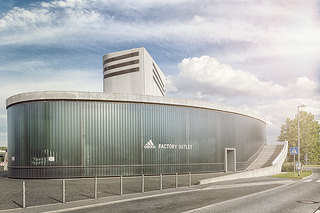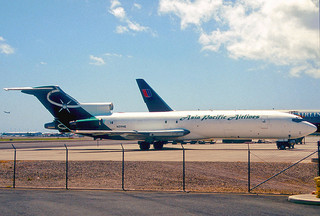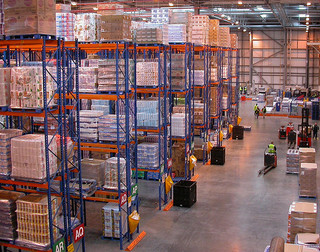World Cup Rio: Where Brazil Went Wrong

The world is watching Brazil as it rushes to put the finishing touches on its FIFA World Cup 2014 accommodations. Businesses could learn a thing or two from this world cup crunch. It’s the perfect metaphor for the grand opening of a storefront or even a product launch.
This article is for Premium Members only. Please login below to read the rest of this article.
Not a Premium Member yet? Become one today.
[login_form redirect=’https://www.procurementbulletin.com/world-cup-rio-where-brazil-went-wrong’]
[show_to accesslevel=’Premium Members’]
Where did Rio go wrong? Read on for the latest blunders from Brazil, plus our assessment on how you can avoid similar mistakes with your company.
Deadlines and Infrastructure

Brazil is experiencing a bottleneck effect when it comes to infrastructure. Too many projects are being pushed through to a narrow deadline. Although the opening match is on June 12, 2014, and construction has been ongoing for years, the country has struggled to keep up with the demand.
The construction scrimmage regards 12 stadiums and massive work to transportation systems, including roadways and airports. A deal seven years in the making may not seem like a tight deadline, but resources, labor force, and corruption have contributed to delays. Many of the issues were the result of starting too many projects at once.
Goal-Worthy Strategy: Focus on the biggest problem first. When it comes to the bottleneck effect, trying to push a bunch of projects through a pinhole ends up slowing the construction process overall. Officials might have learned more from their mistakes if they had less to focus on in the early stages. The same goes for any business.
In the midst of a major overhaul, you may be tempted to look at the overall project instead of focusing attention on each part. While it’s possible to work on multiple aspects at once, it isn’t always advisable in the early stages.
Lack of Skilled Workforce

Tight project deadlines have increased the demand for skilled construction workers. Unfortunately, most of them are already hard at work, hammering out only about 20 percent of the projects. It’s estimated that around 80 percent of the world cup projects have been delayed due to lack of capable workers.
With goals looming, officials have made hasty decisions in taking on untrained producers, which could – in effect – delay the projects even more.
According to the Huffington Post, in May 2013, “A worker at a World Cup stadium in Brazil died Thursday in an electrical accident, temporarily interrupting construction at one of the most-delayed venues only five weeks before the soccer tournament.” This worker was the eighth to pass away in a string of accidents that have plagued the site.
Goal-Worthy Strategy: If you must hire unskilled workers to push a product to launch, at the very least implement an accelerated training program. Adequate training is especially necessary for front-line staff members who will ultimately represent your product. Developing a training program with corresponding materials will get your staff up-to-speed quickly and consistently.
Reliance on Quick Fixes
It’s likely that some large-scale projects, previously anticipated for completion by June 2014, won’t make the cut – including the new airport terminal that was meant to usher tourists to FIFA in style. Reuters reports that Brazil will instead use quick fixes such as a pre-fab canvas terminal.
Goal-Worthy Strategy: Officials should have instead taken a more modest approach to infrastructure. Instead of thinking and spending big (over $14.5 billion), Brazil could have cut corners from the start to present a more finished look – even if it couldn’t be five-star.
Has your company ever experienced anything like these FIFA failures? Share your strategies for success in the comments below. [/show_to]







